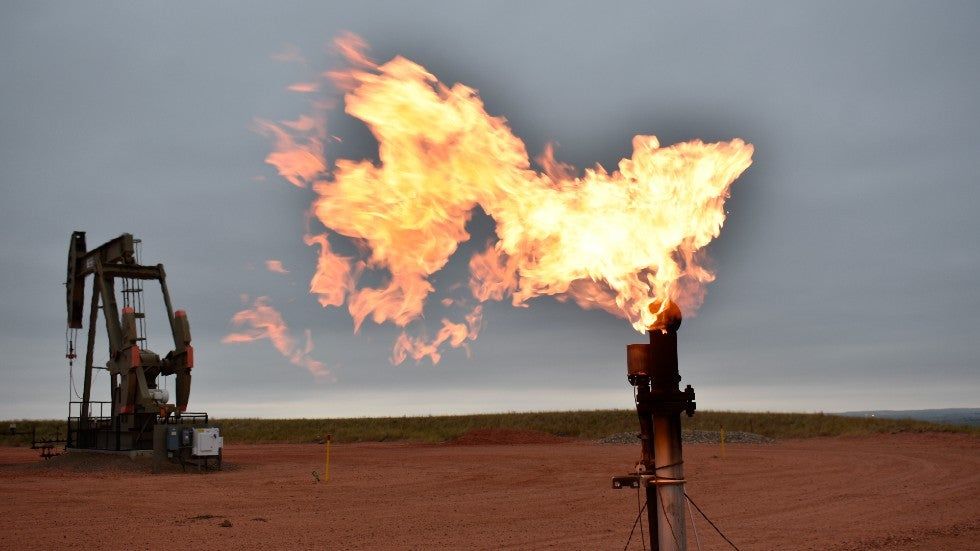11 Dec 2024

Tired Earth
By The Editorial Board

The past five decades have seen a precipitous change in various reproductive indicators in industrialized countries - from falling sperm count and quality, a steady rise in testicular cancers, an increasing frequency with which pregnancies are lost, and increased rates of infertility requiring various forms of artificial insemination.
Taken together, these findings suggest a paradox: that the fossil fuels "that were, and still are, drivers of modern industrialization and wealth" have helped contribute to the falling birth rates that "will eventually result in decreasing populations," the study found.
"It is well established that these chemicals have become part of our tissues and fluids," the authors write. "But do they contribute to the current epidemic of infertility? We know that they can be a threat to wildlife. Unfortunately, too little has been done to uncover their role in humans."
More than half the world's population lives in regions where the birth rate is lower than what is needed to replace the population. Though this effect has been masked for decades in countries like the United States by a healthy rate of migration from the developing world, birth rates are now falling in many other parts of the world too.
Meanwhile, the authors note there has been a rise in the use of fossil fuels, which are "not only energy sources, but they are also the basic raw materials for the production of more than 100,000 synthetic chemicals."
Fossil fuels are "not only energy sources, but they are also the basic raw materials for the production of more than 100,000 synthetic chemicals" found in products from textiles to food packaging, pesticides to pharmaceuticals - as well as "indirect contamination via an environment polluted with rubbish containing those materials," the study noted.
Potentially harmful chemicals from such sources "have been found in samples of blood, urine, semen, placenta and breast milk of all humans investigated," the study found.
While a falling birthrate is not entirely negative from an environmental perspective - population growth, particularly in industrialized countries, goes hand-in-hand with greater ecological impacts and carbon emissions - the change has come alongside several alarming trends in both male and female reproductive health, the study found.
For example, sperm counts declined among the general population of Western men by 52 percent between 1973 and 2011 - a fall of 1.5 percent per year. Another study found that Danish men examined in 2000 had 45 million sperm per milliliter of semen - 15 million (or 25 percent) fewer than men in the 1940s.
Declines in sperm count and quality had gone alongside a worldwide rise in testicular cancers, which the scientists hypothesized is the "canary in the coal mine" for other disorders in sperm production.
Similarly, women in the U.S. have experienced a steady rise in "unintended pregnancy loss" like miscarriages and stillbirths, which have increased 1 to 2 percent per year since 1990. Taken together, the study notes, these trends have led to a dramatic increase in demand for fertility treatments to address both male and female infertility.
The authors stress that changes in fertility are a complex mix of biological and social factors, and as such defy easy analysis. Falling fertility rates have occurred alongside dramatic social and economic changes, particularly around women's place in society - like the 20th century reentry of women into the workforce; the rise of urbanization and declining prevalence of farm families; the legalization of abortion; and the mainstreaming of safe, effective forms of birth control.
But the Nature study found that these alone do not explain the change. Abortion rates are falling along with the birthrate in industrialized countries, and the decline in fertility began in Scandinavia decades in advance of those social trends - beginning in around roughly the same time as industrialization.
"The fact that the changes have occurred over a period of only a couple of generations suggests that environmental factors have a role," the authors wrote.
Declines in fertility are also often ascribed to women choosing to have children later. But even older women seem to have become less fertile, the study found.
These findings might mean that more couples are experiencing lower fertility as they age than they might have a century ago, the study found.
The paper sketches out a hypothesis: that there is a connection of some sort between the contaminants and chemicals of the fossil fuel age, and the simultaneous fall in fertility, that goes beyond the social factors usually blamed for the decline.
There is some circumstantial evidence that points this direction. A graph plotting the risk that Danish men would develop testicular cancer "mirrors" that for fossil fuel imports - with incidence of cancers decreasing, and fertility rate rising, during periods like World War II, when imports slowed.
And in China, where repeated studies have shown "a remarkable decline in semen quality among sperm donors," other investigations "have linked air pollution to changes in semen quality."
The authors stressed that it is urgent for public health authorities to gather more data to uncover whether specific chemicals are linked to declines in human fertility.
"If the fertility problems are, at least partly, due to anthropogenic activities that are causing increased environmental exposure to harmful chemicals, in addition to effects on climate," they wrote, "decisive regulatory actions underpinned by unconventional, interdisciplinary research collaborations will be needed to reverse the trends."
Source : yahoo.com
Comment